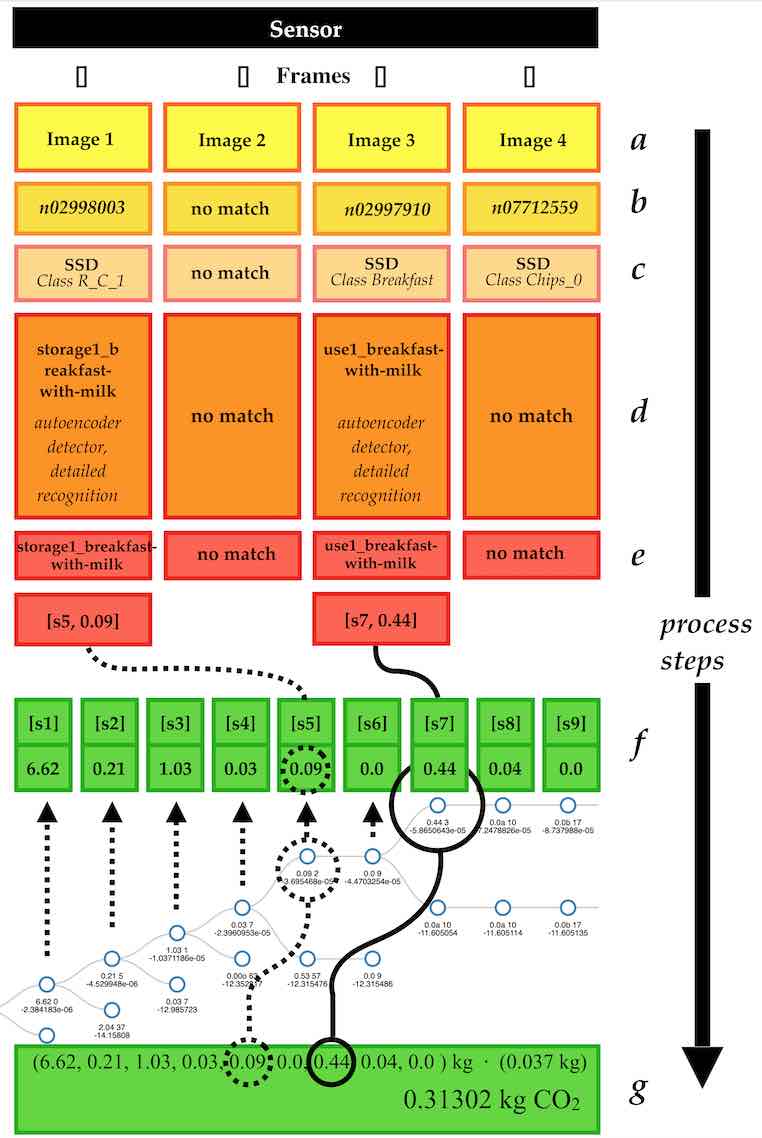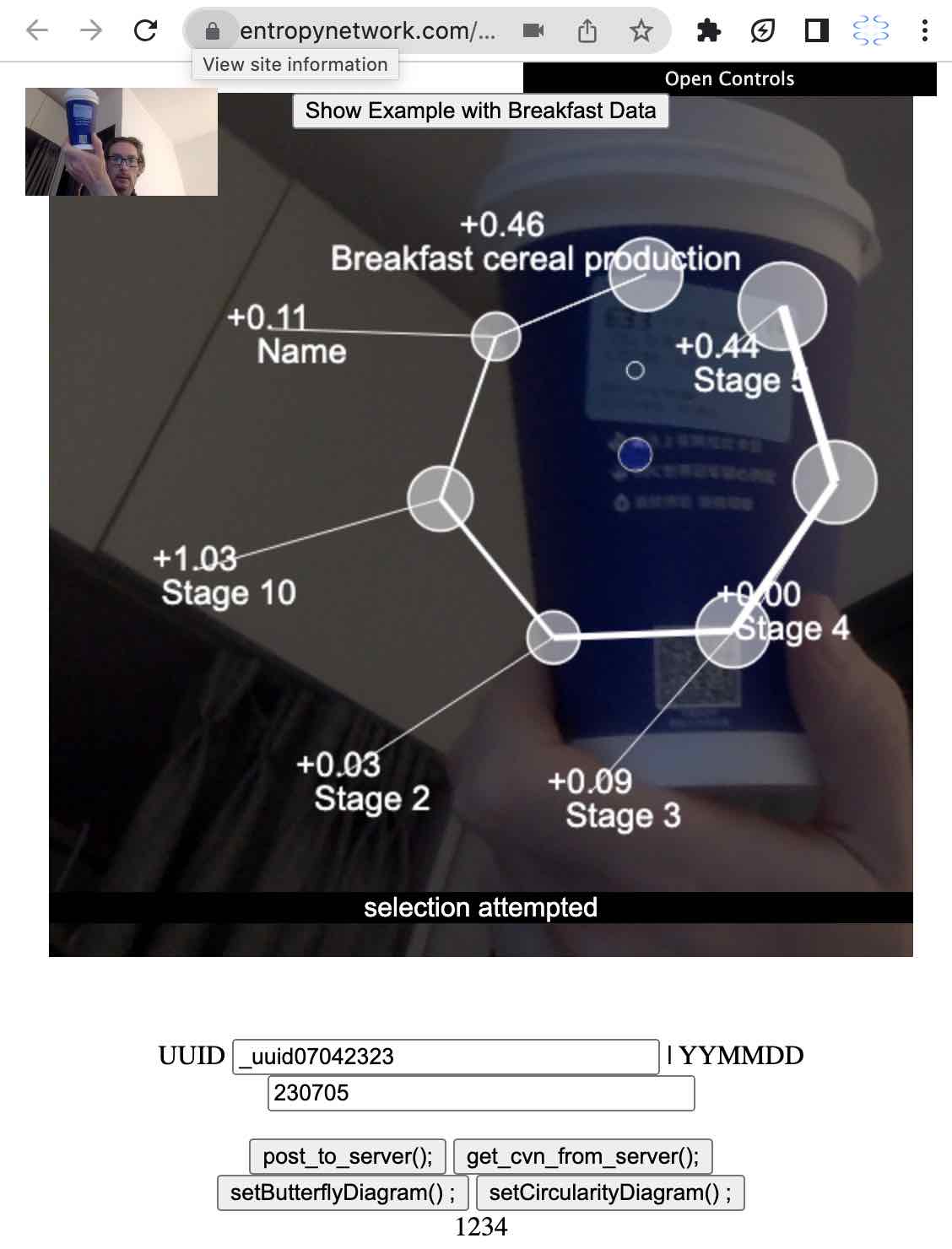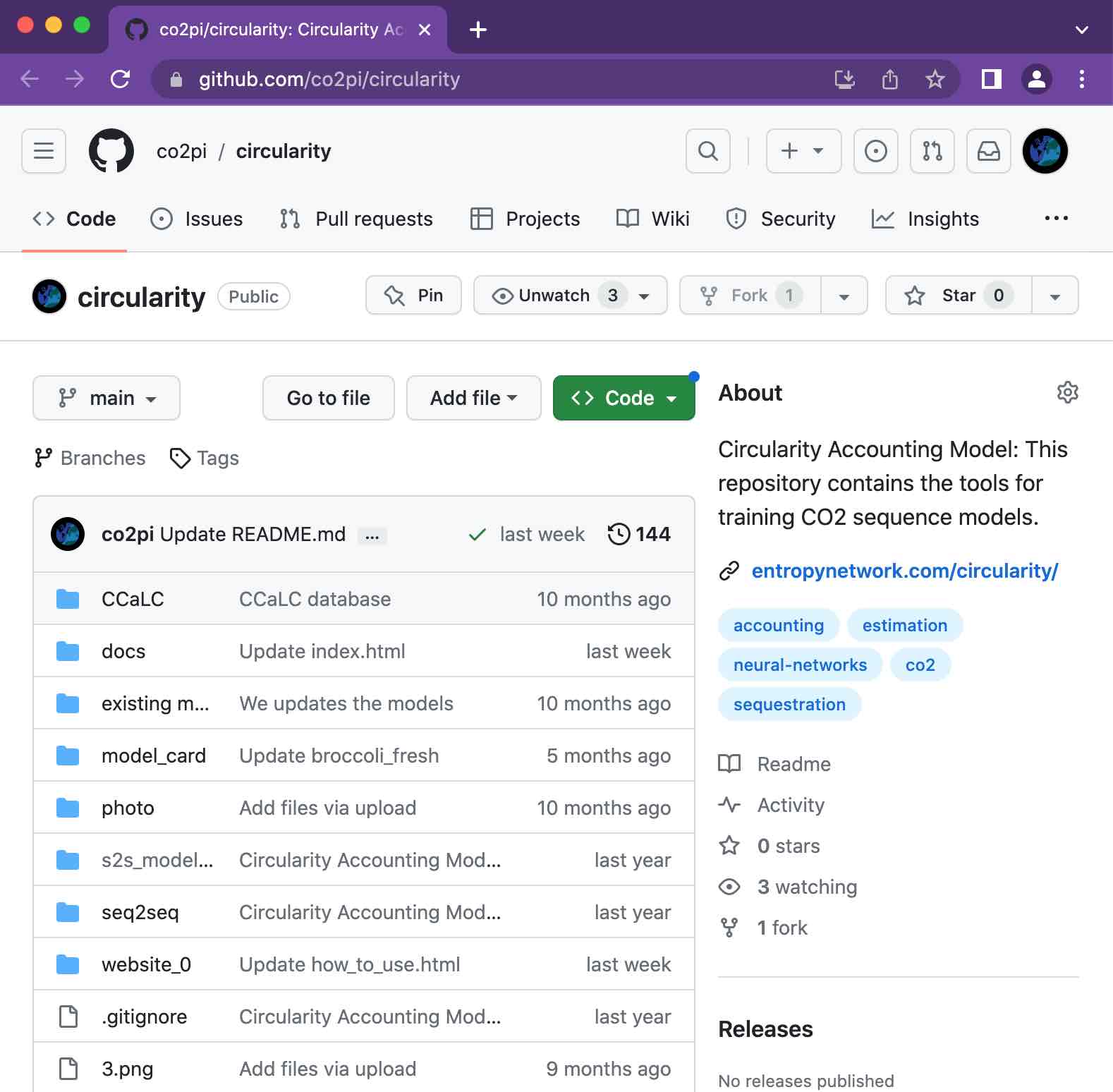Una red de contabilidad de la circularidad: Medición del CO2 a lo largo de las cadenas de suministro mediante aprendizaje automático
An (un)circularity accounting model for CO₂:
worksite for neural network model training data and case study design.
RESUMEN
Este artículo propone utilizar un tipo de red de aprendizaje automático denominado redes neuronales artificiales para diseñar una red de contabilidad de la circularidad. La red está compuesta por actores humanos y no humanos y contabiliza el impacto de las emisiones y el secuestro de CO2 de los productos a lo largo de las cadenas de suministro mundiales. La red sirve para conectar a personas y otros actores que comparten un indicador de CO2 y permite a los usuarios visualizar el nivel de (in)circularidad de diferentes productos a través de diagramas específicos calculados por un estimador de CO2 basado en conocimientos de la teoría de las redes de actores. A diferencia de la mayoría de los estudios anteriores sobre contabilidad de la economía circular que desarrollan algún tipo de marco o indicador que representa mediciones a nivel micro, meso o macro, la red de contabilidad de la circularidad no se limita a un nivel concreto de análisis, sino que está diseñada para establecer relaciones entre múltiples usuarios a diferentes niveles (por ejemplo, actores gubernamentales, corporativos o consumidores). El documento presenta el diseño conceptual y una prueba preliminar de la red utilizando datos reales, lo que contribuye a avanzar en el potencial poco explorado de la inteligencia artificial en el ámbito de la contabilidad de la economía circular. La principal aportación de esta red es que los datos proporcionados por el indicador: (i) se derivan de la propia red que aprende de fuentes abiertas; (ii) la red no es estática, sino que sigue fluyendo a medida que se construyen nuevas relaciones dentro de la red, avanzando hacia la autorregulación; (iii) contempla tanto las emisiones como los secuestros a lo largo de las cadenas de suministro.
Palabras clave: Redes contables; Contabilidad de la economía circular; Indicadores de CO2; Redes neuronales artificiales; Contabilidad de la sostenibilidad.
Códigos JEL: M40; M41; Q56.
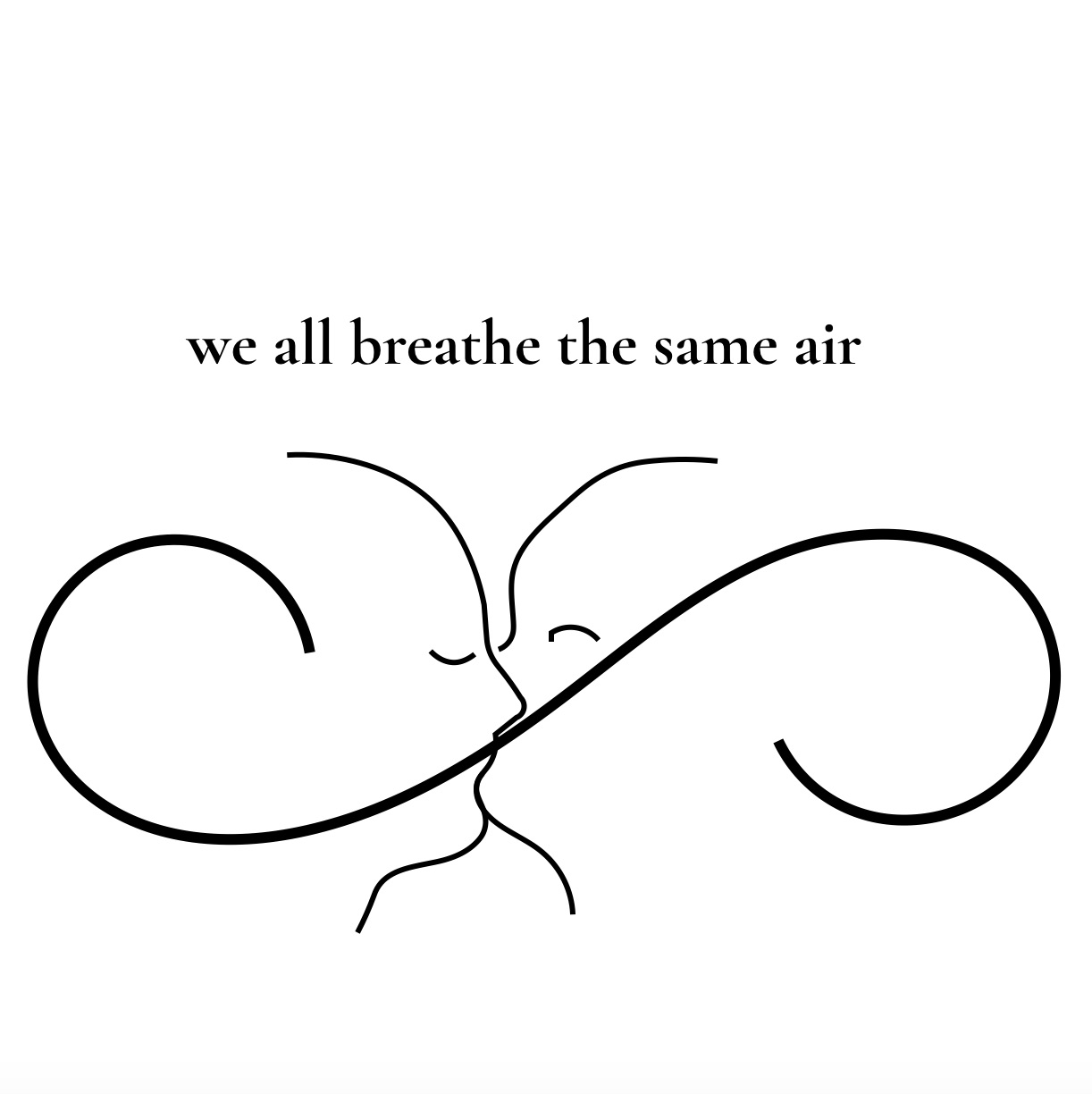
This worksite supports development of a CO₂ estimator and a CO₂ production-consumption chain predictor, in order to re-assess the use of CO₂ across global supply chains.
A circularity accounting network: CO₂ measurement along supply chains using machine learning. Revista de Contabilidad - Spanish Accounting Review, 26, 21–33.
A circularity accounting model for CO₂ (preprint)
- https://papers.ssrn.com/sol3/papers.cfm?abstract_id=3955167
- http://dx.doi.org/10.2139/ssrn.3955167
- https://entropynetwork.com/circularity/pub/SSRN-id3955167.pdf
CO₂ increase is a main contributor to climate change, but this vast impact is not well quantified in terms of individual objects.
We developed a hypothesis that knowledge of the CO₂ production cost of objects might affect production and use behavior. To investigate this, we develop a deep-learning CO₂ estimator, and a theoretical CO₂ circularity accounting model. The project completed a rough prototype deep learning model architecture in 2021, which is described in the above preprint. The present models encode ten model objects in a deep learning architecture, primarily in sequence and autoencoder models.
In recent decades interaction of individual behavior with machine intelligence can be increasingly seen in our societies. In our work, CO₂ production cost of objects is presented via a deep learning system. How the behavior of individuals in societies is impacted by machine intelligence systems is a contemporary topic which influences this research.
This is a collaborative project and the topic is of interest to global science communities. This project hopes to foster connection through different fields. Better communication and research relationships are developed among the project’s contributors in: CO₂ accounting and social theory, environmental science, machine learning. This research connects these areas.
Purpose
If the CO₂ flow through objects and places is known, the flow: emissions, sequestration, can be better organized for efficiency. The models can help people and organizations maintain awareness of the carbon emissions of objects, places, products, presenting opportunity to better choose actions based on CO₂ characteristics.
Our work
The two primary tools that we use to estimate CO₂ and present these values are, [1] a deep learning architecture, and [2] an interactive display screen.
|
|
|
In our first paper, we demonstrate only one object, and one individual making a CO₂ estimate of the object. Our next step is to look at the impact on behavior in a larger survey of both people and objects. Some continuing issues that will go on for the foreseeable future are:
- Expand the training data which we use to develop and train the machine learning models.
- Streamline interaction for more diverse estimates in larger behavior surveys.
The immediate value to society and our communities is the development of a versatile and more complete means to investigate and analyze carbon chains. Chains’ interaction with economic systems is a fundamental for human development and economic planning. Macro-scale knowledge and competency for carbon analysis of the carbon landscape is of global concern and informs and shapes the immediacy of other work.
How to use our model
Step 1
Open either the mobile app, or the web app. The web app is for development and testing the models online, the mobile app loads small detector models onto the mobile device, and then uploads images for more complete analysis. Several versions are available for different devices and regions. These applications are for research use only.
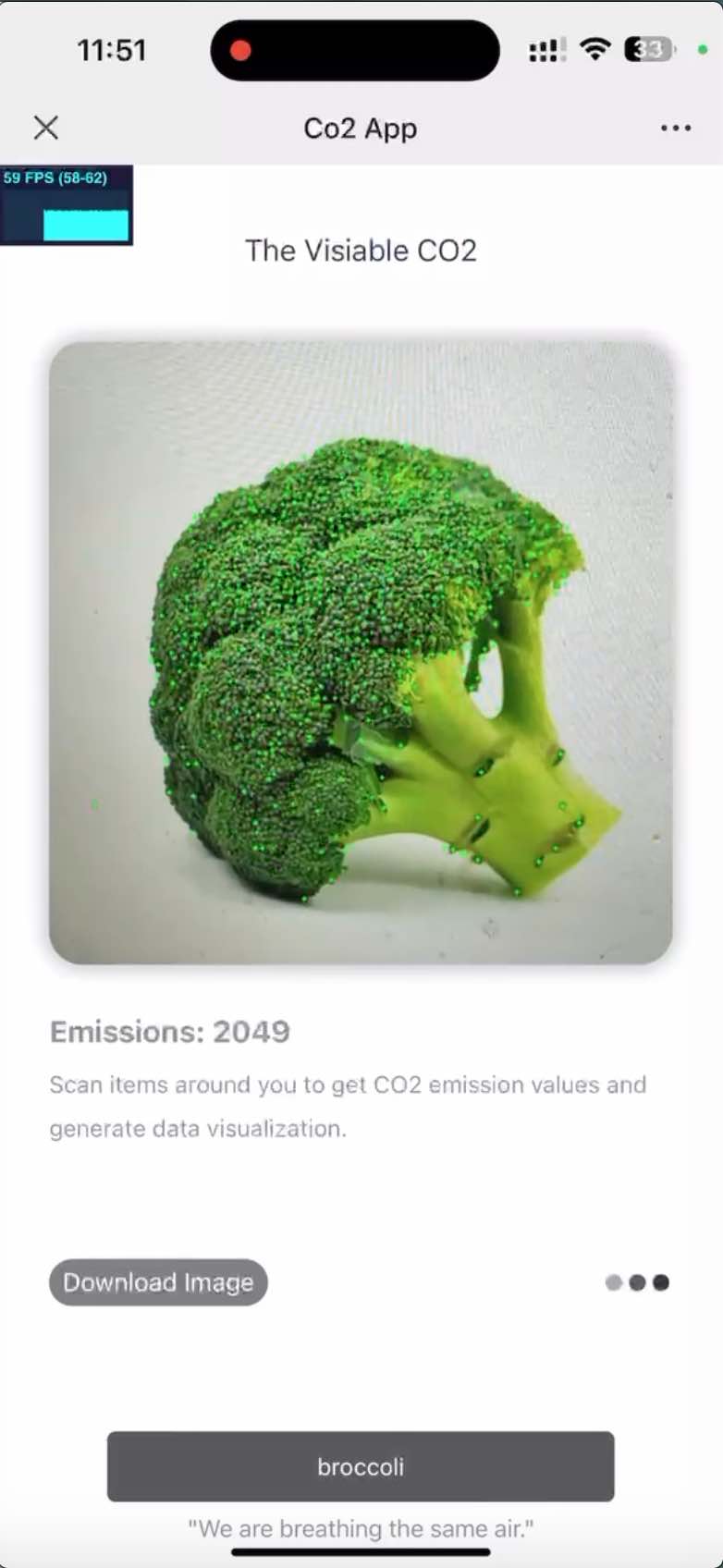
mobile app
|
|
Step 2
allow to access the cameraStep 3
detect the objectStep 4
click the object and read the carbon value
|
The data input tool for graphing CO₂ chains is here:
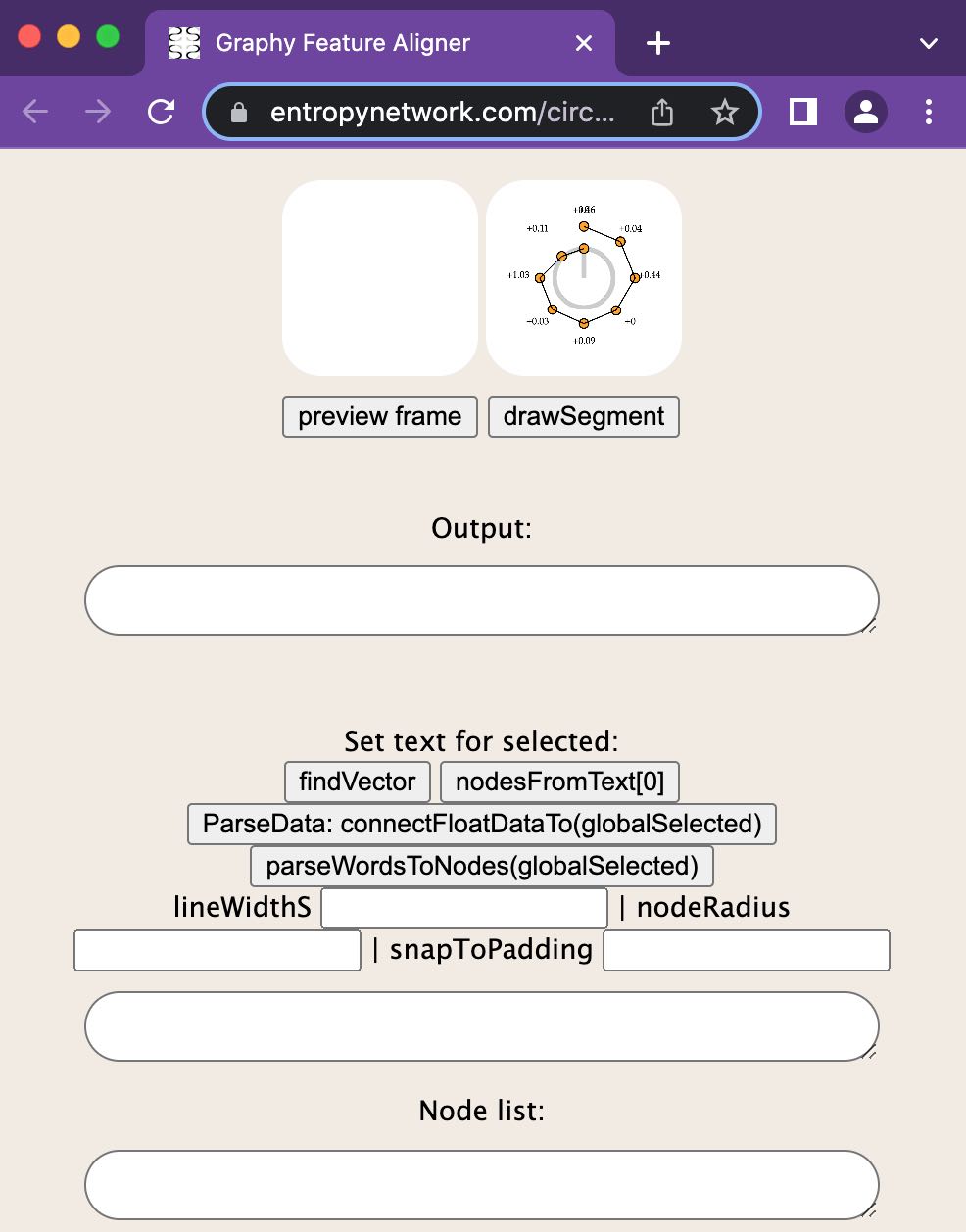 https://entropynetwork.com/circularity/app.html |
|
Art and Human Interface
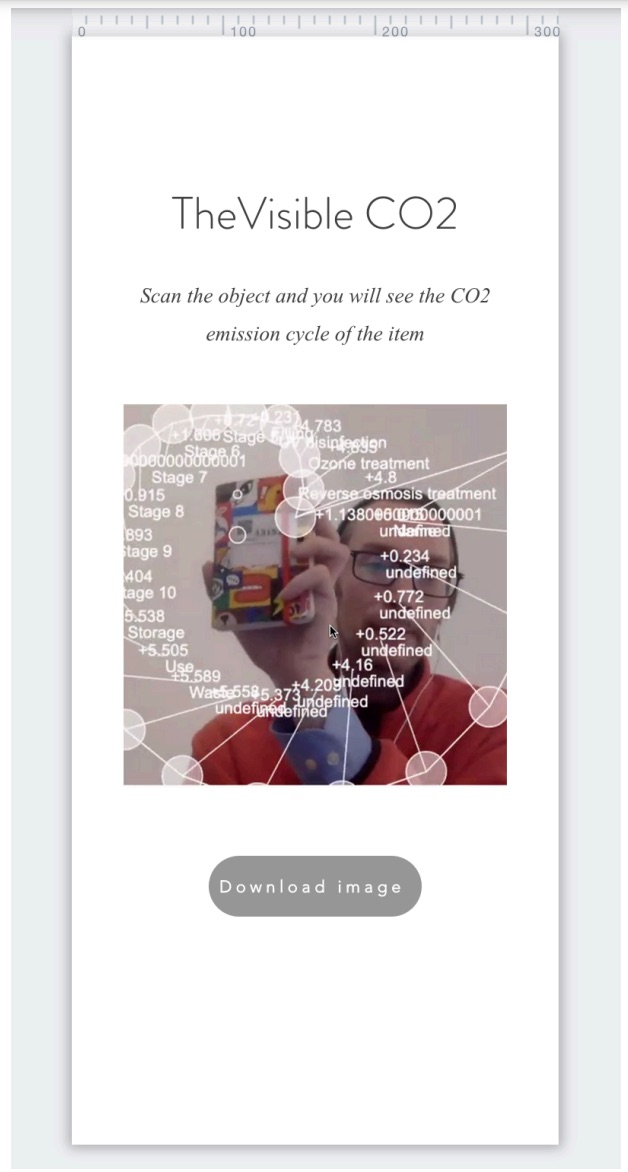
https://portablefilm.com/dp/media/wr/l/230722/app_design_doc/video/app_design_doc.pdf
The future
The project is multi-disciplinary, spanning accounting and social theory, CO₂ modeling, environmental science, and machine learning.
In the broad view, the project seeks to make possible the quantification of a circular carbon economy, where economic objects are valued in carbon units. Circular carbon economy is a theoretical equilibrium which production and consumption of carbon sequestration occurs at equivalent rates, it produces a ‘Carbon-Neutral’ state of economy. This objective is of interest to many fields, while the component tools are also useful themselves.
The impact of knowledge of the CO₂ values of objects on individual behavior is still not well known or understood, and CO₂ deep learning models for objects are in a formative stage. CO₂ is a ubiquitous and critical presence throughout science and economy, it should be quantified, and this is a way to do it.
